It’s already hard to get a booking but is this shmick new Filipino restaurant worth the hype?
City newcomer Askal is fancier, and perhaps even more ambitious, than Serai. Does it live up to its promise?
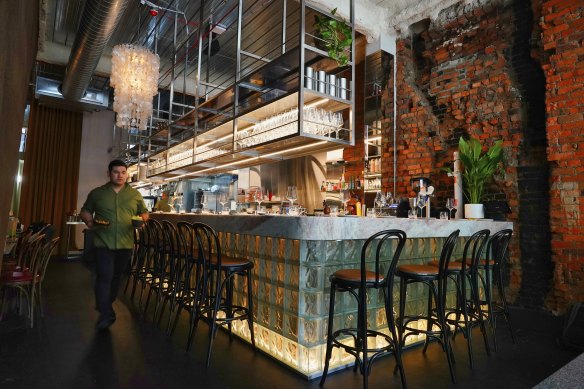
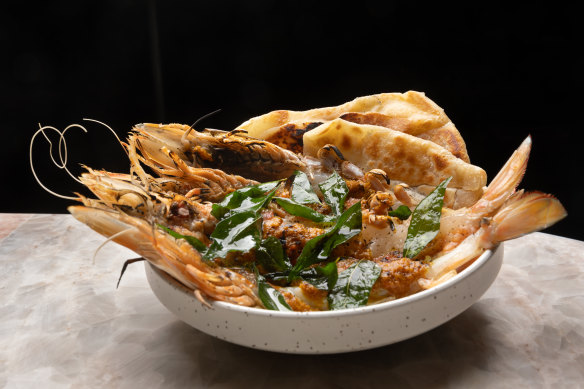
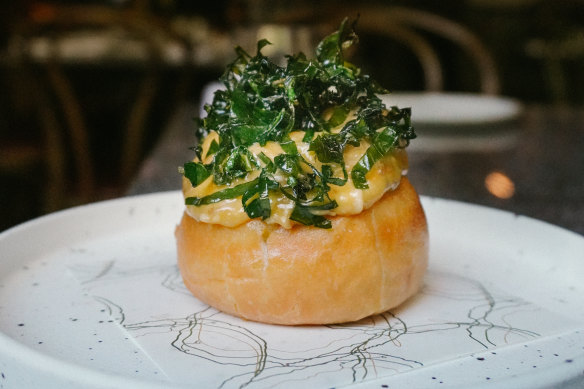
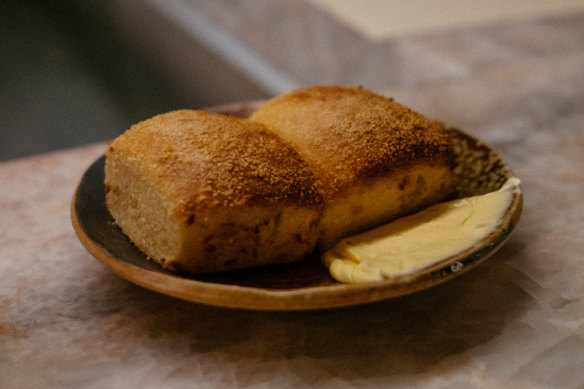
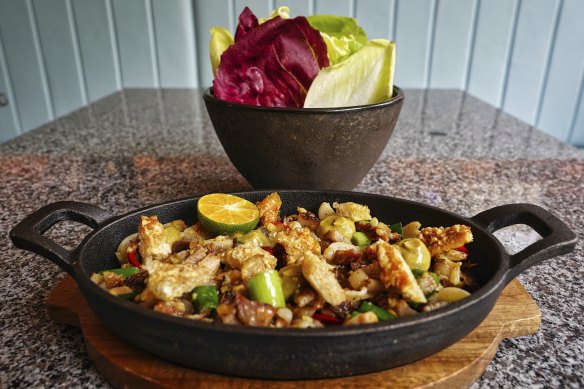
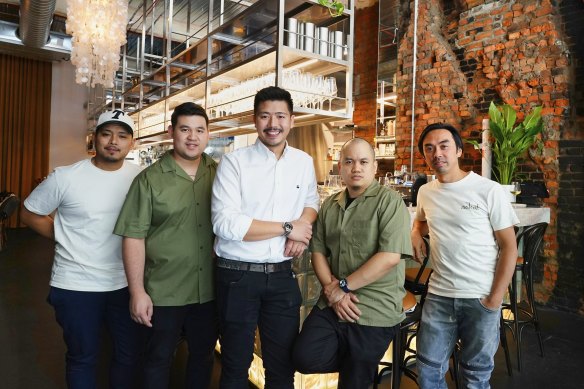
Filipino$$
In a vastly diverse city like Melbourne, the edible progression of any given cuisine generally goes like this: a group of people arrives in enough numbers to form a community. They begin cooking for that community. The foods they’re cooking gain wider appeal and understanding and become part of the broader food culture of the city. It’s usually at that point where higher-end, more modern versions of the cuisine start to show up – as understanding and assimilation into the wider diet grow, so do the less conventional permutations.
This has not been the trajectory of Filipino food in Melbourne. You can certainly find traditional, family-run Filipino restaurants in Sunshine and St Albans, but broader proliferation and absorption into our dining identity hasn’t occurred.
I’m not sure of the reasons for this – there’s a large Filipino population in Melbourne – far greater than, for instance, our Korean population – although Korean restaurants abound.
Related Article
Instead, Filipino food got its biggest boost when Serai opened in 2022, effectively reversing the progression described above. Serai was (and is) thoroughly modern, hugely ambitious, and uses Filipino flavours alongside Australian ingredients in ways that make them comforting to people who call that cuisine their own, and exciting to those who don’t.
Askal, which opened in February, is the work of culinary director John Rivera, executive chef Dhenvirg Ugot, manager Carlos Consunji, beverage manager Ralph Libo-on, and builder Michael Mabuti. It’s perhaps even more ambitious than Serai – it’s certainly fancier, the room on Exhibition Street schmicker with its dark interior and sculptural light fixtures, its service more exacting.
It is also slammed, with bookings scarce (though not impossible). The footpath out the front of the two-storey building is often crowded with diners waiting for tables. It just goes to show that the usual path can be subverted if the timing, taste and trend are exactly right.
Cocktails make clever plays on the classics, using Filipino ingredients to great effect. There’s a margarita variation called the Cecil Sour ($25) that incorporates salted durian (it’s a very gentle way to introduce durian to your repertoire, more like a whisper of funk than a blast of stank), and a smoky pineapple and rum concoction called Ibong Adarna ($26) that tastes like grown-up tropical dreams.
Rivera and his team take traditional Filipino dishes and present them in either a straightforward manner using high-quality ingredients or spin them into something playful and delicious.

Pandesal, the soft white bread that’s a staple of most Filipino meals, is here made with heritage wheat, served with latik (reduced coconut milk) butter, and costs $9 a piece, which caused major consternation among the folks I know for whom this type of bread is a staple of cheapness and comfort. But the proof is in the pull and sweetness and stretch of the bread, which arrives hot from the oven and is a joy to consume.

Oxtail kare-kare, a classic peanut-based stew, gets reimagined as a filling for a savoury doughnut ($16), the jammy texture of the oxtail working beautifully.
There’s a freshness to much of the food here, which Rivera says is thanks to Thai and Vietnamese influence – Filipino food is often exceedingly rich. Even Mexico plays a part on this menu, with guava aguachile dressing the kinilaw (raw tuna) along with radish and fried taro ($32).
Ora king salmon sinigang ($34) is downright ethereal in its broth of tamarind dashi. King prawns ($36) get chargrilled, then flavoured with finger lime and curry leaf. It’s worth getting a side of the optional piaya ($10), an unleavened flatbread that Rivera makes with miso caramelised onions.
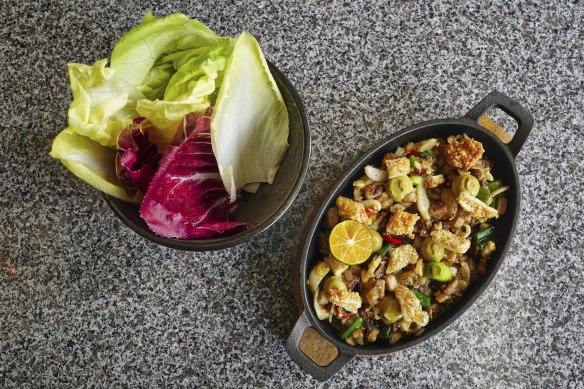
The one dish I found slightly confounding is also the one that seems to have garnered the most attention thus far, which is a version of sisig, a deeply rich dish traditionally made from all parts of the pig’s head – it’s essentially the Filipino take on headcheese.
At Askal, it’s served in a sizzling platter with green lip abalone ($39), and half a calamansi – the sweet/sour citrus – for squeezing over the top. It’s an odd combination, the chewiness of the abalone standing out against the softness of the pork, and I missed the mellow comfort of the original.
We should be able to find great sisig, sinigang and kare-kare all over town at every price point.
As mentioned earlier, the place is slammed right now, and service reflects that chaos ever so slightly. You’ll likely have to wait for your table later in the evening, even if you have a booking, and there’s a slightly panicked feel to the service once you’re seated. That said, the staff work together seamlessly, swooping in to make sure the surrounding turmoil doesn’t affect your experience too much.
If the trajectory for Filipino food in Melbourne has been somewhat backwards, I hope to see it continue in reverse – we should be able to find great sisig, sinigang and kare-kare all over town at every price point.
Meanwhile, Askal is a lovely celebration of flavour and culture, and a true expression of the tastes and passions of a very talented crew.
The low-down
Vibe: Trendy, lively mashup of modern and heritage
Go-to dish: Kare-kare doughnut
Drinks: Great tropical-leaning cocktails, smart wine list
Cost: About $175 for two, excluding drinks
Continue this series
Your May hit list: The hot, new and just-reviewed places to check out this monthUp next
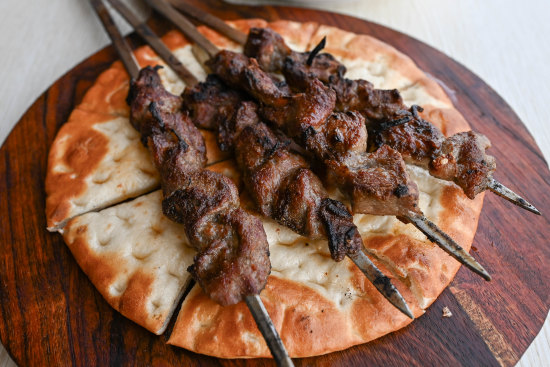
- Review
‘Outrageously juicy and tender’: This kebab place sells lamb skewers at a steal
Bay Aka BBQ’s fall-apart chargrilled meat hits like premium wagyu.
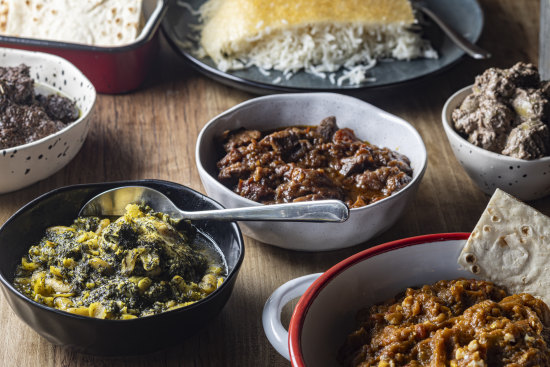
- Review
‘This frankly odd menu is one of the most exciting eating experiences I’ve had in ages’
Dani Valent gains an informal, intimate insight into Iranian home cooking in a low-key suburban shopping strip.
Previous
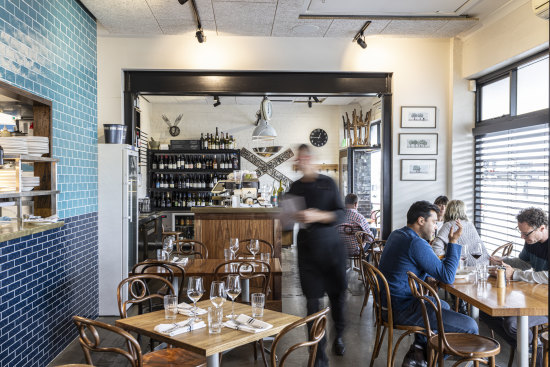
- Review
This neighbourhood bistro tucked off an eight-lane road exceeds expectations
Graduating from an espresso bar to a smart French restaurant, 13-year-old Gauge is a finely tuned local favourite.
Restaurant reviews, news and the hottest openings served to your inbox.
Sign upMore:
